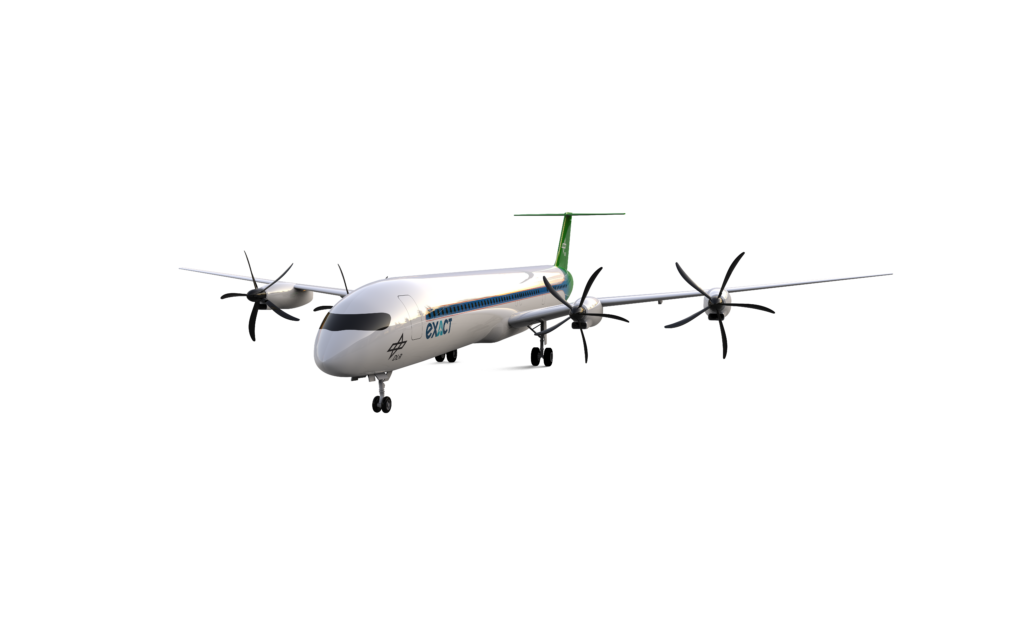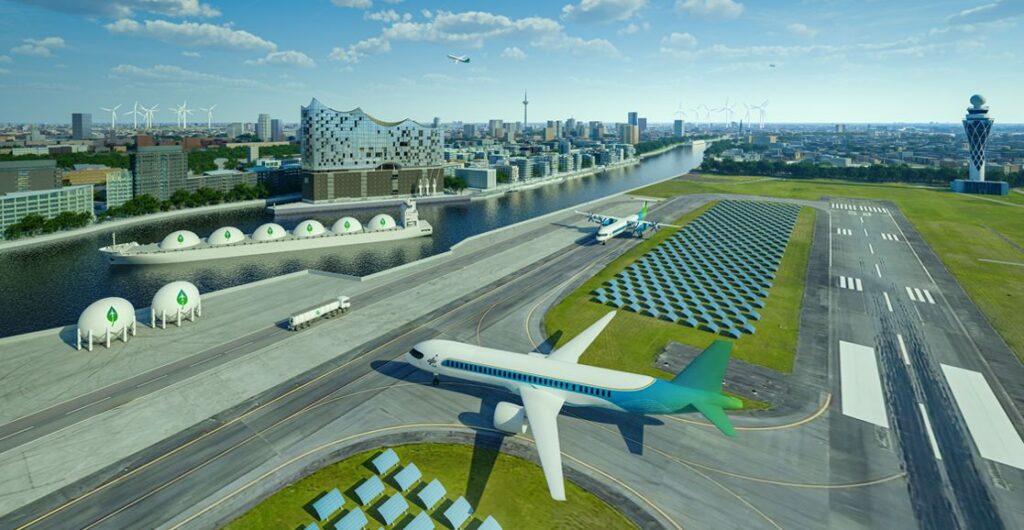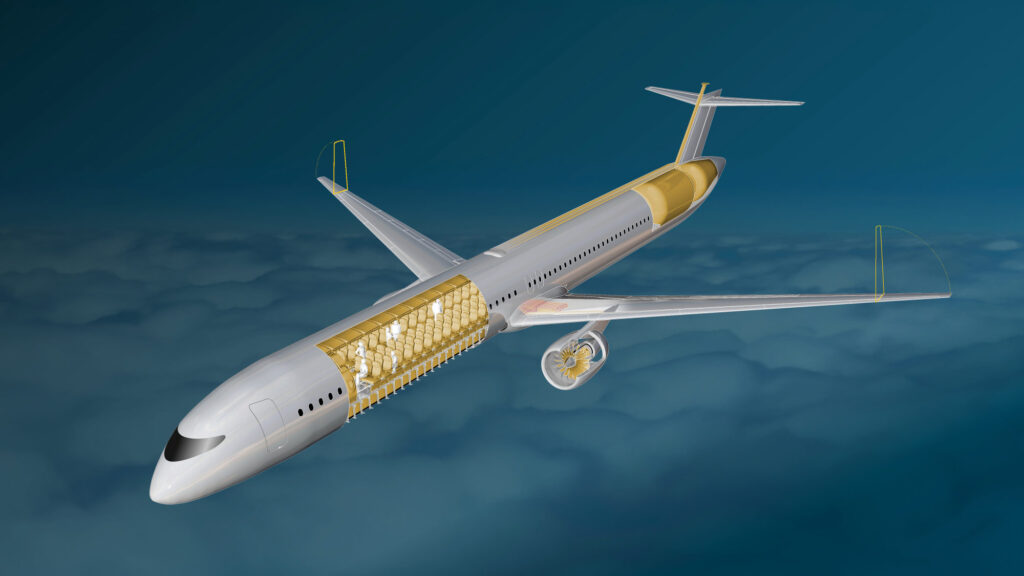What may look old-fashioned at first glance, could be a great solution to reducing climate impact at low cost. The turboprop aircraft turned out to be one of the best economic and ecological solutions for future aviation, as we found in our first EXACT project. Even when powering this aircraft with kerosene, the climate impact can be reduced by 44% compared to currently used aircraft.
This seems astonishing. The “secret” behind this lies particularly in flying slower and lower than we do today, while being extremely energy efficient in this operational scenario – thanks to its big and open rotors. This way, non-CO2 emissions can be avoided, which are a major contributor to the overall climate impact of aviation.
To achieve the 44% reduction in climate impact, flight speed would have to be reduced by 10-15%. In concrete terms, this means flying at 700-750 km/h instead of the current 850 km/h. A flight from Hamburg to Munich would take 1:06 hours instead of 1:00, from Berlin to Lisbon 4:00 instead of 3:30.
Obviously, research is going on in many directions. And yes, turbofan aircraft powered by sustainable aviation fuels (SAF) or hydrogen (H2) could be a valuable option for the future if we want them to operate climate-neutral. However, producing SAF or H2 requires huge amounts of energy (and which, of course, should also be green if we are to meet the EU’s climate goals.) Whatever the fuel used to power the turboprop, it needs very little of it, thanks to its high energy efficiency. This is why it is a good option in the event of future political restrictions on climate impact/CO2 emissions or scarce/expensive fuels.
There are two sides of every medal, of course. At the moment, time is a key factor when it comes to flying. People want to move quickly when they fly, and flying is most profitable for airlines when many people can be moved each day. The faster, the more profitable. The turboprop can be a great option, but it only has the advantages if it is operated slower than is currently the case.
Another challenge with this configuration is the perceived noise, both for residents and passengers. However, there is research into how future aircraft can significantly improve this problem. Some of this will be explored in EXACT.
We are thrilled to see that there are several promising options for the future of aviation and our planet at the same time. In our first EXACT project, we concluded that three configurations in particular have great potential, including the turboprop. In our second EXACT project, which we launched this year, we will look at this in more detail, addressing some of the remaining challenges and uncertainties.


